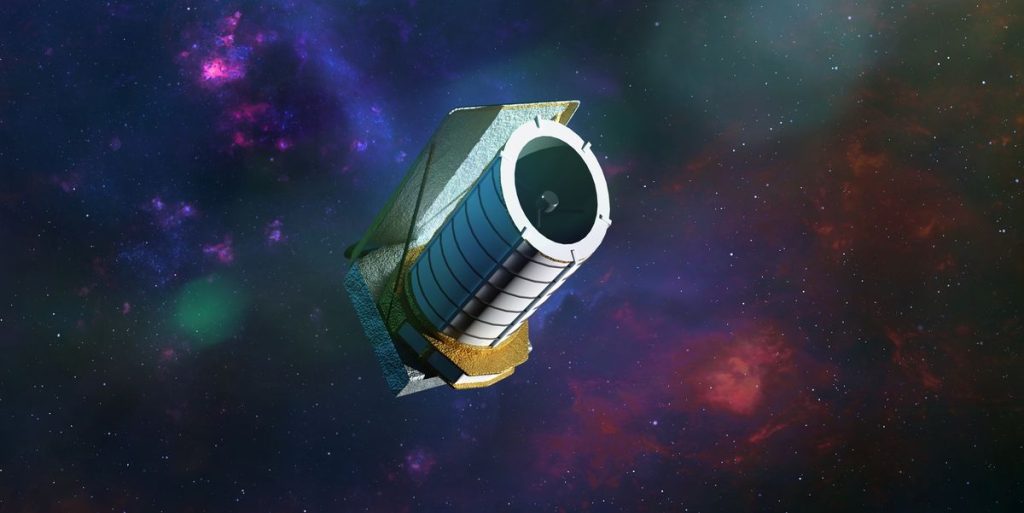Wouldn't it be nice if we had a very detailed map of the universe? Then we know exactly where we will go on future intergalactic journeys. To create that map, the European Space Agency developed the Euclid Space Telescope. But the map of the universe is different from the maps you find in the Great Forest Atlas. How does Euclid work? What is he looking for?
Euclid was launched on July 1, 2023. Since then, the telescope has imaged millions of galaxies. This means that there are billions of stars like the Sun, each with its own planets, moons and comets.
Well, that sounds vague, and now it kind of is. But Euclid's aim is precisely to make this clear.
Dark energy and dark matter
Everything in the universe is made of matter, from the phone or computer you're reading this article on, to the oxygen you're breathing right now. We already know many of these substances, such as water, oxygen, and iron. However, scientists assume that in addition to all these known substances, there must also be something that we cannot observe. Not with our eyes, but also not with all the advanced measuring devices we've developed here on Earth. This makes searching a bit more difficult.
Now, science isn't usually concerned with things we can't observe, but dark energy and dark matter aren't in the same category as statues or unicorns. Because although we cannot observe dark matter and energy itself, we can see that other visible matter interacts with it. From the behavior of this issue, we can conclude that there must be forces that we have not yet identified.
In fact, scientists believe that this dark energy and matter together make up about 95 percent of the universe. Because we cannot (yet) perceive it, it is called “dark.”
There are no shots of dark matter
Now, Euclid's goal is not to photograph dark matter and energy itself, but to record the anomalous behavior of the materials that interact with it. One way to do this is to look at the evolution of the universe, and the formation of galaxies during this process.
Astronomers hypothesize that the expansion of the universe is driven by dark energy, while dark matter plays a key role in the formation of new galaxies. By mapping the expansion of the universe over the past 10 billion years, Euclid should provide greater clarity about the properties of dark energy and dark matter.
Euclid's telescope looks back in time
To do this, Euclid must look back in time. Without a time machine it might seem like a hassle, but it's not that bad. The cosmic events that Euclid is interested in, such as the formation of stars and galaxies, likely occurred billions of years ago. But because they are so far away from us, the light of those events is only reaching us now.
So, all you need is a telescope that can see billions of light-years away. Fortunately, Euclid has very good eyesight. If all goes well, the telescope will map at least a third of the universe in the coming years. We hope that this will not only give us a beautiful map of the sky, but will also bring us one step closer to unraveling the mystery of dark matter and dark energy.
Euclid is not the only distant observer in space. At roughly the same distance from Earth (about 1.5 million kilometers), the James Webb Space Telescope is also scanning the universe.












More Stories
Which can cause an increase in nitrogen.
The Central State Real Estate Agency has no additional space to accommodate Ukrainians.
The oystercatcher, the “unlucky national bird,” is increasingly breeding on rooftops.